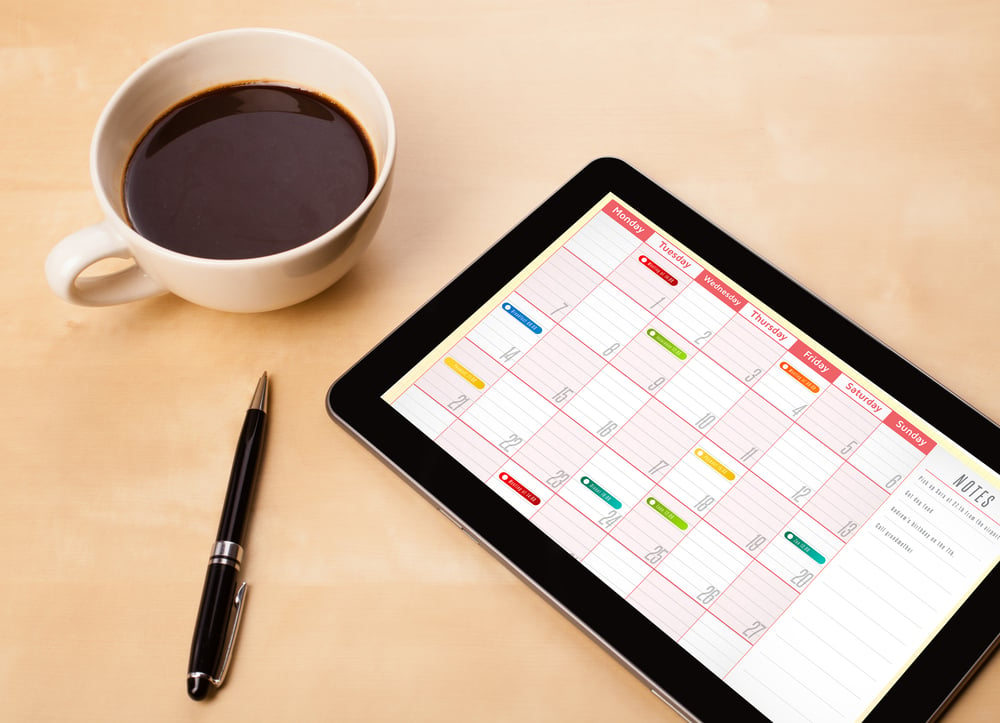Are you struggling to keep up with your content creation schedule? Do you find yourself scrambling to come up with new ideas for blog posts or social media updates at the last minute? If so, you're not alone. Many content creators face the challenge of consistently producing high-quality content on a regular basis. The key to success is effective scheduling. In this article, we'll discuss tips and tricks for scheduling your articles to maximize your productivity and ensure your content is always fresh and relevant.
Why Schedule Your Articles?
Scheduling your articles offers numerous benefits for content creators. First and foremost, it helps you stay organized and on track with your content creation. When you have a clear plan for what you'll be publishing and when, you can avoid last-minute stress and panic. Instead, you can focus on creating high-quality content that resonates with your audience.
Additionally, scheduling your articles allows you to optimize your content distribution. By planning ahead, you can ensure your content is being shared at the best times for maximum engagement. You can also coordinate your content with relevant events, holidays, or promotions, which can boost your visibility and attract new followers.
Finally, scheduling your articles can help you improve your content's SEO. By strategically publishing content on a regular basis, you can increase your website's authority and visibility in search results. This can lead to more traffic, leads, and conversions for your business.
Tips for Effective Scheduling
Now that you understand the benefits of scheduling your articles, let's dive into some practical tips for making it work.
Start with a Content Calendar
A content calendar is an essential tool for effective content planning. It's a document that outlines your content creation schedule for the coming weeks or months. A good content calendar should include the following:
- Dates for when each piece of content will be published
- Topics and headlines for each piece of content
- Keywords and hashtags to be included in each piece of content
- Content formats (e.g. blog post, video, social media post)
- Promotional activities (e.g. email newsletters, social media ads)
By having a content calendar, you can see at a glance what content you need to create and when. This can help you avoid the stress of last-minute content creation and ensure you're always ahead of the game.
Brainstorm Topics in Advance
One of the biggest challenges of content creation is coming up with fresh, relevant ideas. To overcome this, try brainstorming topics well in advance of your publishing schedule. Set aside time each month to generate a list of potential topics, and then add them to your content calendar.
When brainstorming topics, consider your audience's pain points and interests. What questions do they have? What challenges are they facing? What solutions can you offer? Also, be sure to check out what your competitors are publishing to stay up-to-date on industry trends and best practices.
Batch Your Content Creation
Batching your content creation is a powerful productivity hack. It involves dedicating a specific block of time to create multiple pieces of content at once. For example, you might set aside a full day to write three blog posts, record two videos, and create five social media updates.
By batching your content creation, you can get into a flow state and maximize your efficiency. You'll also have a stockpile of content to draw from when it's time to publish. This can help you avoid the stress of last-minute content creation and ensure your content is always high-quality.
Use Scheduling Tools
There are numerous scheduling tools available to help you automate your content distribution. These tools allow you to schedule your blog posts, social media updates, and other content in advance. Some popular options include:
- Hootsuite
- Buffer
- Sprout Social
- CoSchedule
When using scheduling tools, be sure to schedule your content for the best times for maximum engagement. You can use analytics tools to determine when your audience is most active on each platform.
Monitor and Adjust
Finally, it's important to monitor your content's performance and adjust your schedule as needed. Pay attention to metrics like engagement, traffic, and conversions to determine which types of content are resonating with your audience. You can use this information to refine your content calendar and optimize your content distribution.
Scheduling your articles is a powerful way to maximize your productivity and ensure your content is always fresh and relevant. By starting with a content calendar, brainstorming topics in advance, batching your content creation, using scheduling tools, and monitoring your content's performance, you can streamline your content creation process and achieve better results.
So, what are you waiting for? Get started today and see the impact scheduling can have on your content creation success!
